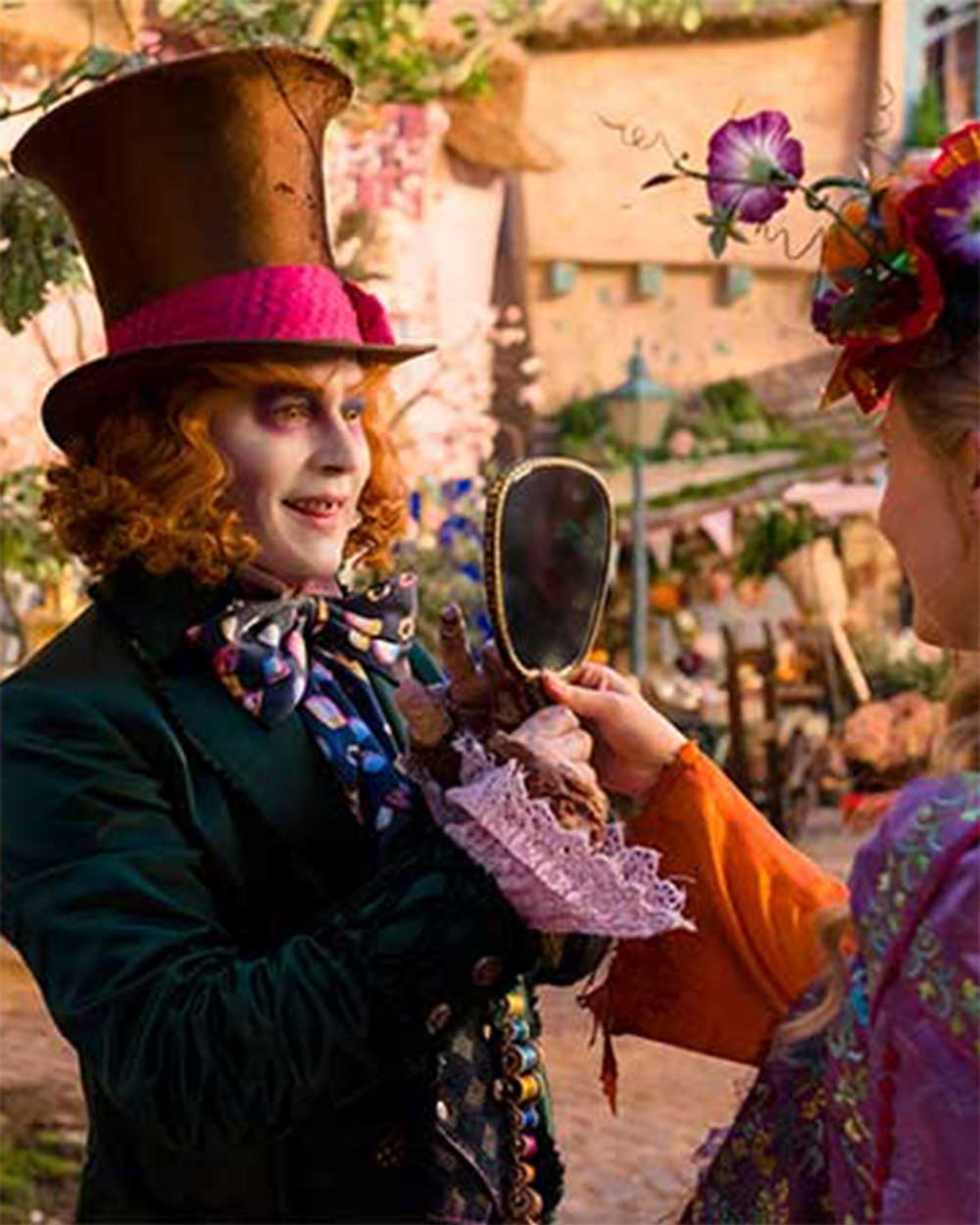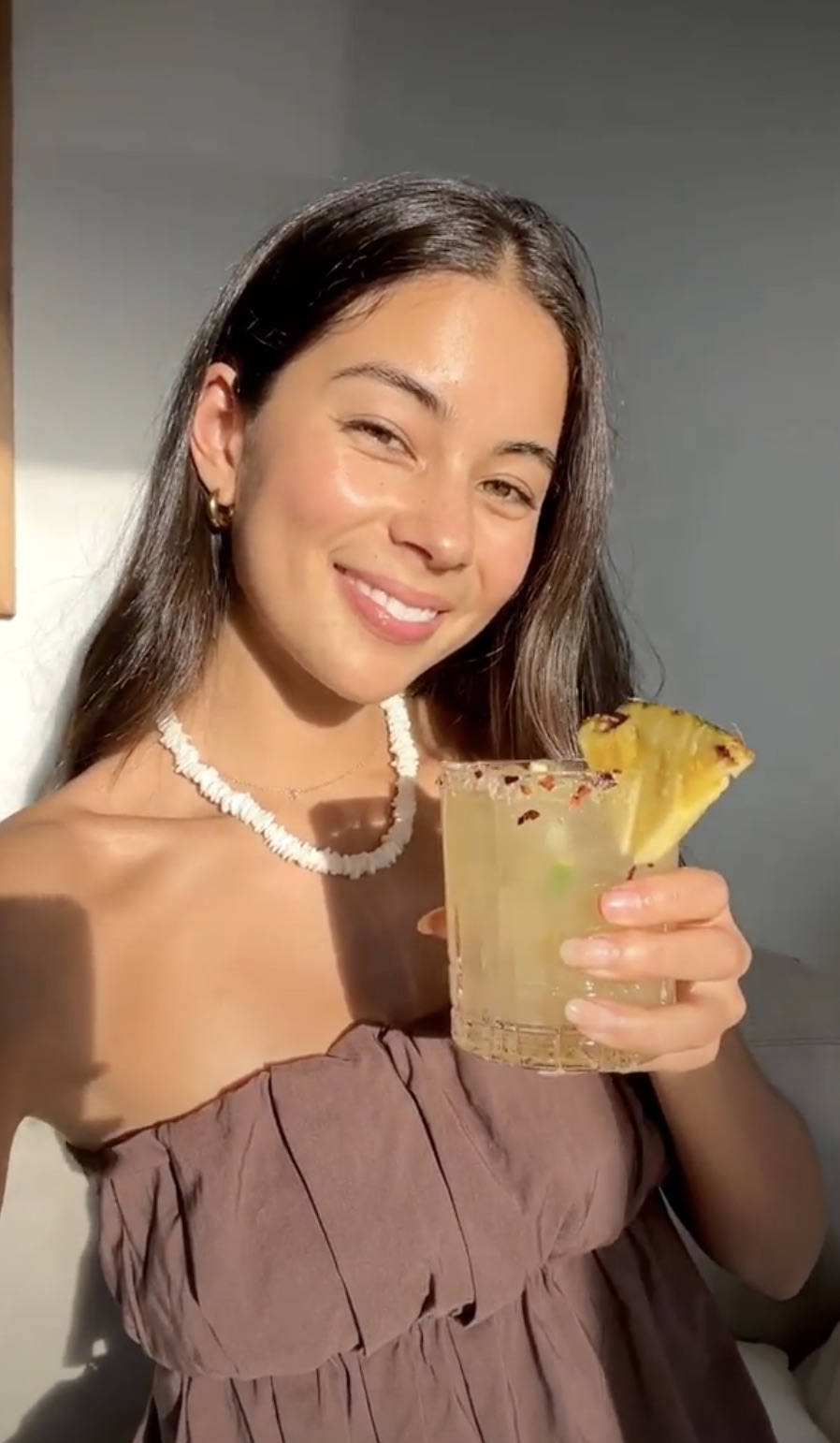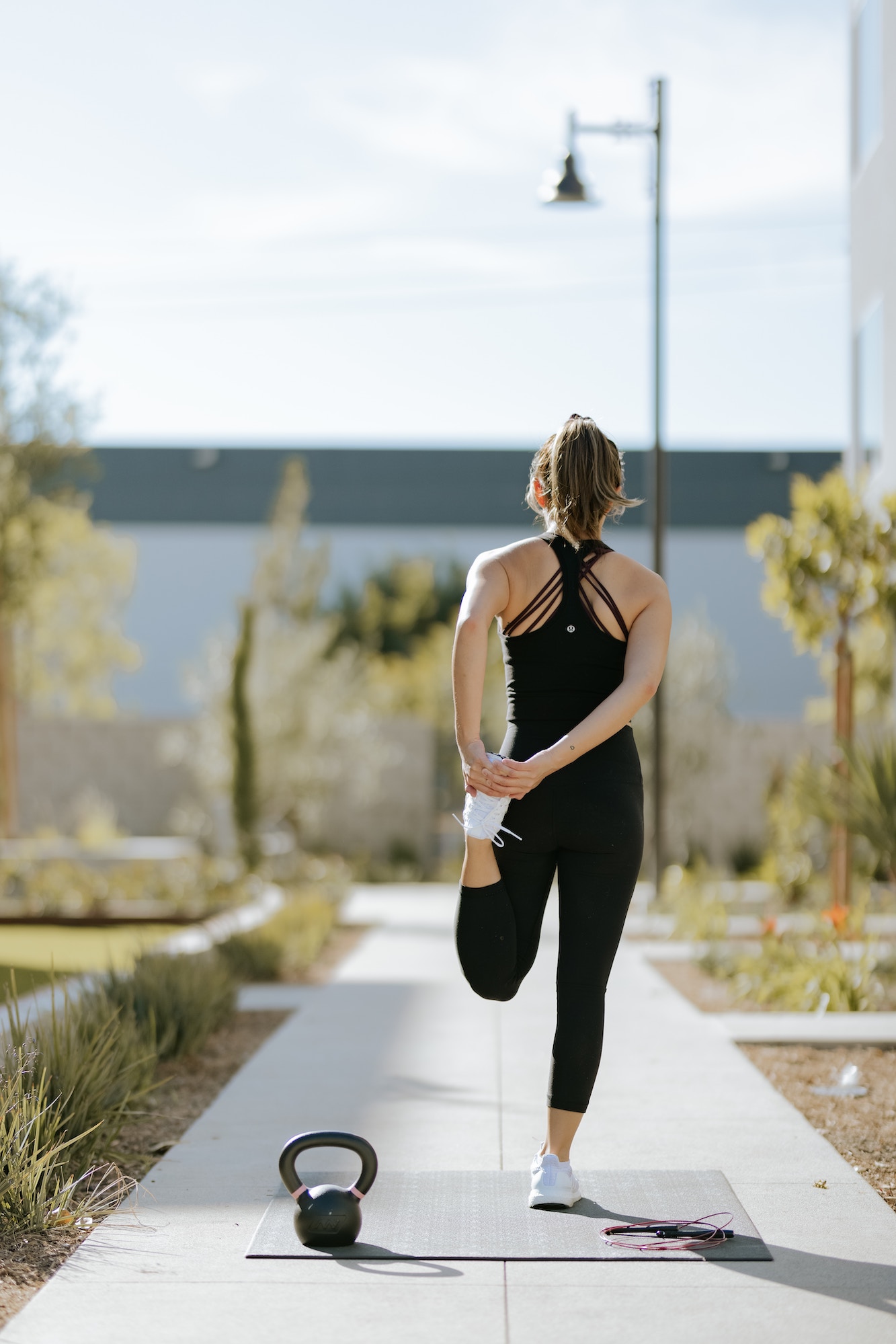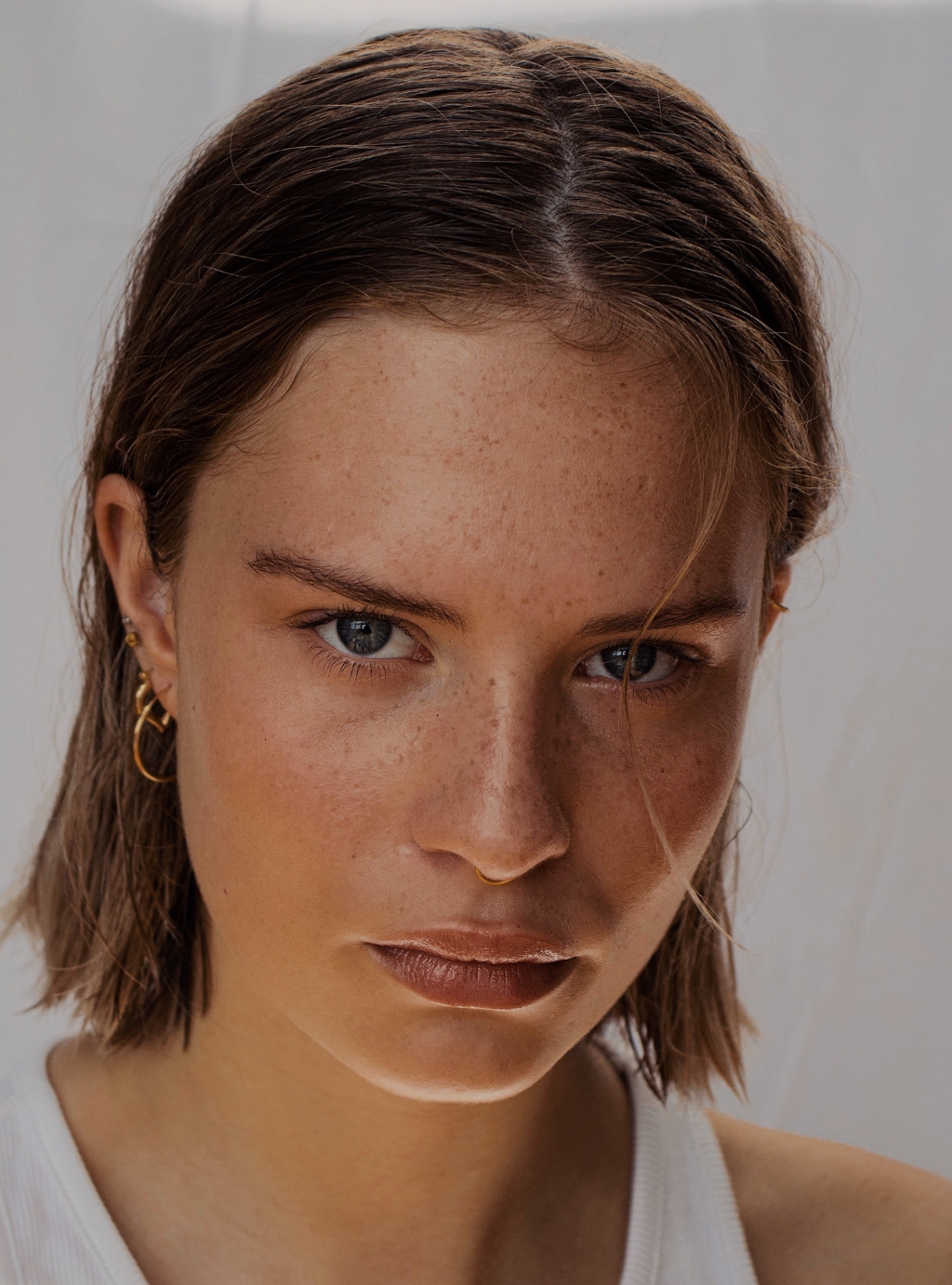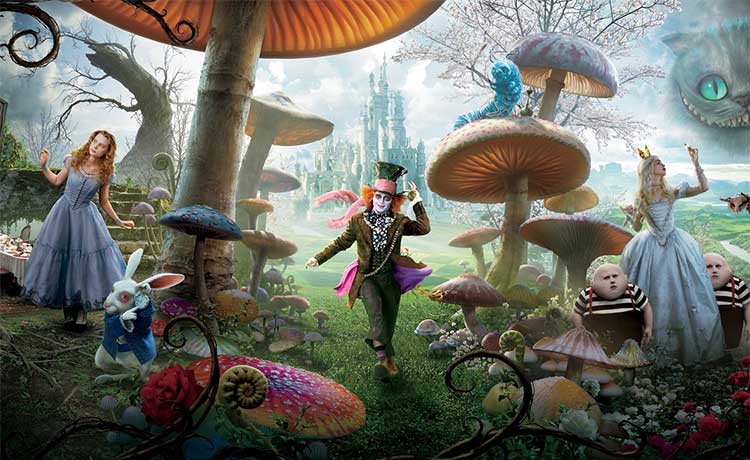
Her name might be unfamiliar but you know Colleen Atwood’s work well.
As one of Hollywood’s leading costume designers, Atwood has won Academy Awards for her designs in Tim Burton’s Alice in Wonderland, and the Rob Marshall-directed films Memoirs of a Geisha and Chicago. She has also received a barrage of Oscar nominations for her designs in other much-loved films including Snow White and the Huntsman, Into the Woods, Sleepy Hollow, Edward Scissorhands and Planet of the Apes… just to name a few. (Yep, she’s a pretty big deal.)
When she was given the opportunity to revisit the Alice characters in the sequel, Alice Through the Looking Glass, Atwood jumped at the chance; the prospect intrigued her not only because of the whimsical nature of the characters, but because “I had so much fun on the first film” (and let’s face it, no matter how many times you’ve worked with him, you wouldn’t turn down the chance to work with Johnny Depp would you?!).
So what’s it like being a costume designer? Where does she draw her inspiration from? How much input does Depp actually have into his Hatter costume? On the eve of the new film’s New Zealand release, we ask Atwood the hard questions:
Miss FQ: So aside from the obvious, what is the role of the costume designer?
Colleen Atwood: We are helping the actors become the characters. It is a close collaboration between costuming, hair and makeup, the actors and even the audience. Each audience brings their own imagination of reference to what they see, so as designers we have to create a world with which the audience connects. They have to believe in the characters and relate to them emotionally.
How did you go about approaching this Alice sequel? Was it the same as last time? And where do you get your inspiration from?
I begin by doing a lot of reading to look for ideas and inspirations, like the John Tenniel illustrations from Lewis Carroll’s original books, which were just so indicative of the story itself. I studied Japanese design of the ‘80s, especially the shapes of the period and the structure and design of the clothing. I find inspiration in beautiful things…I love to see what I can do with them. I think everybody nowadays cross-pollinates in the media world that we live in, whether anyone admits it or not is another thing, but I am happy to admit that I look at everything that I can for inspiration. My job is fascinating because I have the opportunity to create new worlds from different times and perspectives, which is a truly amazing gift. I never know what special challenge is coming up next, so it always feels fresh.
Once you’ve done your research. where and how do you get started?
The first costumes I approached were those of Alice (played by Mia Wasikowska) because she is the heart of the story. The pre-production process is much shorter these days…it is boots on the ground from the start, and sometimes we’re drafting patterns, building costumes of muslin for fittings and shopping for fabric all at the same time, and it’s not always easy to find what we need. Sometimes we have to figure out how to take a basic material and turn it into something more interesting. For instance, we needed yards and yards of vintage-looking fabric for Alice’s Chinese-influenced costume, but knew we weren’t going to be able to find that anywhere (and even if we did, vintage fabric is very, very fragile). So the textile department hand embroidered 70 yards of basic blue silk to create the look we wanted. Costume design is always an evolution. Sometimes it takes a few tries, but when you’re in a fitting and you look in the mirror and see your vision in front of you, it’s a really great feeling.
How was it coming back to this world again?
I have always loved the story of Alice in Wonderland, because it is a play on so many words and it is so original in its whimsy. Lewis Carroll’s second book is a different twist on Underland that plays with the past, present and future…it was interesting to see the tale told in a non-linear kind of way. The challenges for me were different because I had to depict characters at different times in their lives. Luckily, we had already established the characters, so when they go back in time their styles and colors all thematically reflect who they become later on in the story.
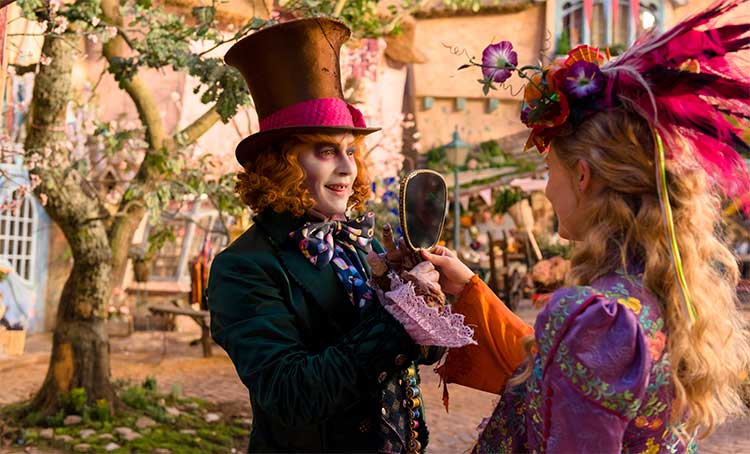
Tell us – does Johnny Depp have a say in his costumes?
The Hatter’s look is other-worldly and magical but still somewhat real in a sense. He is in a different head space at the beginning of our story and his costume goes through a journey of trying to help him find his soul, which I envisioned almost like a black and white Edward Gorey drawing…like someone had removed all his color. It’s Johnny’s face so you know it’s still him, but he has gone sane and a little bit insane at the same time, so it’s a different kind of journey. The Hatter is all about the hat, and Johnny does something magical with costumes. When he puts one on, his character comes to life in front of you.
What about Alice? Has she grown up and how is this reflected in her costume?
Let me start by saying, they could not have found a more perfect Alice than Mia…she is Alice. Her style is a natural, period look from the world above ground and is different from the first film. She has returned from being out at sea and is grown-up and feeling empowered, so she is no longer your traditional Alice in a blue frock with fluffy hair. The girl that Lewis Carroll based Alice on had a long bob haircut at a time when most girls were extremely feminine with their hair in ringlets and wearing big dresses. You could tell she was a forward-thinking girl for her time, and I like the idea of a girl that is a little outside the box and who creates her own world, and I think that is an exciting message to women in general. Alice only wears pants, disguised as dresses, in this film, as they were just more practical (especially because of all the stunt work her character has to do).
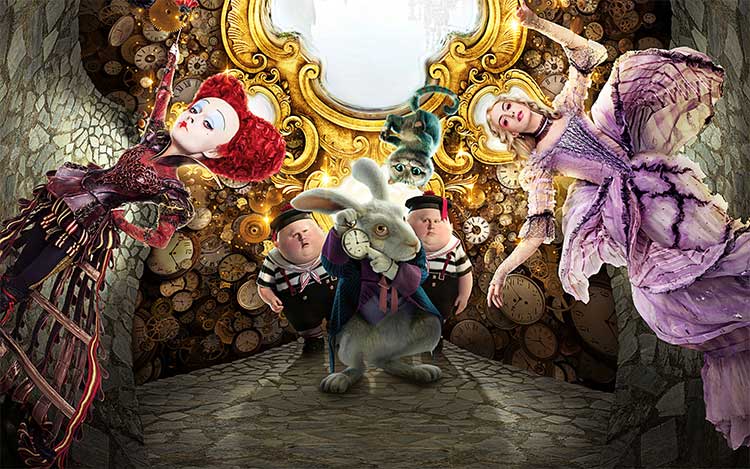
Did you have any challenges with creating the costume for new character Time, played by Sacha Baron Cohen?
Each character in the story is iconic, so to create an iconic kind of feeling for a character that’s so abstractly named, I spoke with Sacha to find out how he viewed his character, and he sort of gave me an idea of who he was. Unfortunately, he didn’t get a lot of prep time with us because he was on another film and came in quite late, so I was very nervous about his costume working for him because he’s a really great physical actor. When you work with a physical actor like Sacha, you have to make sure their costumes function for them, so a big concern with his costume was the size: it has super-wide shoulders and elements that have a lot of weight to them and which are not necessarily very comfortable to wear, but he managed to make it work so that he looks intimidating and humorous at the same time.
A number of your previous films have sparked fashion trends. Is there anything from Alice Through the Looking Glass we may be seeing on fashion runways in the near future?
I think, in a strange and special way, Iracebeth’s sculpted armor costume may resonate in the world of fashion. I don’t quite know what they would do with it, but I think that a certain part of the fashion world will connect with it in a humorous way, and I’m looking forward to their translation of it because I’m sure they’ll enjoy it. And the embroidery on Alice’s Chinese-themed jacket and the structure and the way it’s designed might resurface on the runways in a couple of years. Also, we made some amazing little boots for Iracebeth and Mirana that I know people will connect with.
* Alice Through The Looking Glass is in cinemas May 26.

